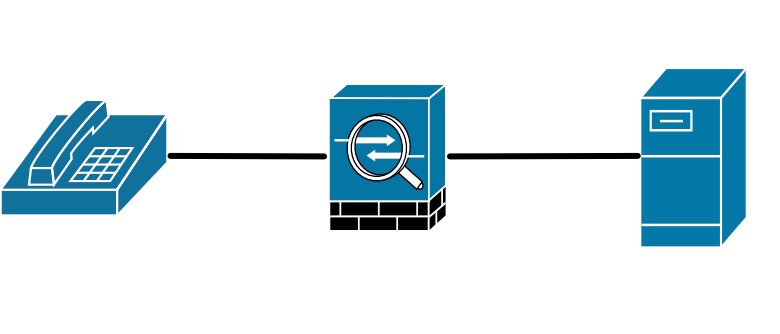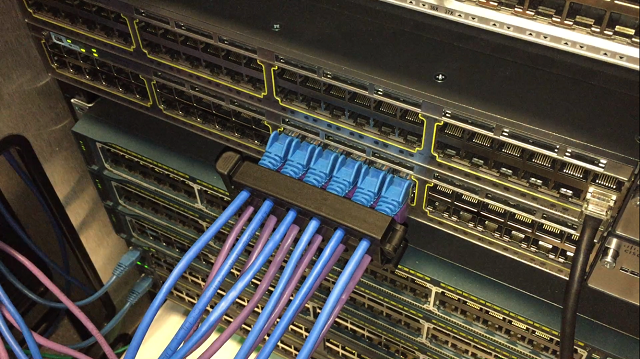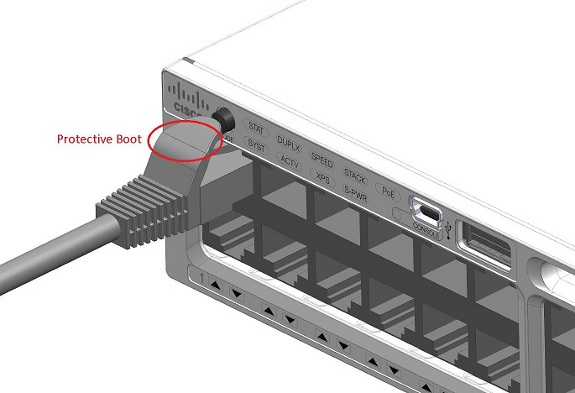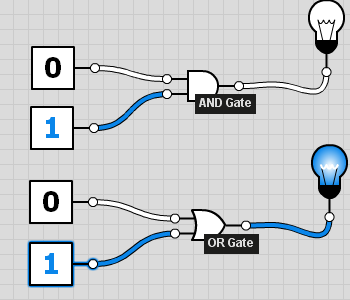Networks
January 27, 2021 | Networks
You have probably been directed here because you sent me an email with data volumes quoted in GB/MB/B or Gb/Mb/b inconsistently. Don’t worry, it happens all the time; so often in fact that I wrote this blog post to explain why the difference is important. Network people measure traffic (or bandwidth) in terms of bits […]
Read more
Tags: avaya, bandwidth, bits, bytes, data, h.323, network, networks, VoIP
August 29, 2019 | Networks, Security
I have been looking a lot recently at Avaya H.323 handsets and how they register with Avaya session manager servers. I had hoped at the start of the project that there would be some good quality documentation available to detail the process and specifically how to get it to work through a firewall. The environment […]
Read more
Tags: avaya, firewall, h.323
October 23, 2015 | Networks
Full disclosure: I received some free samples and have worked with the inventor at a former employer. I don’t have any financial interest in the product though. I was quite excited to get my Sergeant Clip samples through as the inventor had told me about them in the past and I have been involved in […]
Read more
September 9, 2015 | Networks
Way back in October 2013 Cisco slipped out this little field notice to customers and engineers across the globe. The position and function of the mode switch is such that it can be pressed by the protective boot on certain types of cables and cause a reset to factory settings. Problem Description Certain types of snagless […]
Read more
Tags: bug, cable, fail, reset
July 31, 2015 | Labs, Networks
I am working on a project that involves moving a router from one BGP ASN to another. The topology above shows the current situation and we want to move R2 to ASN20 and have it hooked up to R4 instead of R3. Normally this would be pretty trivial however the owner of R1 in ASN […]
Read more
Tags: BGP, Routing, Routing Protocols
May 7, 2015 | Labs, Networks
Some of my posts are just things that I was pretty sure worked but wasn’t 100% on how it worked and what the exact config looked like. In these situations if I can’t find something in a blog or on the Cisco site I post something to make it easier for the next guy trying […]
Read more
Tags: BGP, EIGRP, Routing, Routing Protocols
February 16, 2015 | Networks
I found a very clever site that does route summarisation from a list. This is ideal if you dump out a copy of your routing table and want to see where the routes can be summarised. It’s also useful if you have subnets for a firewall rule that you want to consolidate. http://www.netmatics.net/FreeTools/IPv4SupernetTools/SupernetCalc
Read more
Tags: Routing
February 4, 2015 | Labs, Networks, Security
A colleague asked me to write a post on NAT and so this one is for him. I’m going to use a very basic three router lab to go through the common types of NAT and where they are used. First off there is the convention of inside and outside interfaces. The golden rule here is […]
Read more
December 10, 2014 | Networks, Security
Having done an introduction to wildcard masks and the cool things you can do with them I thought it might be worth writing about the logic behind both subnet masks and wildcard masks. Masks use two of the most basic logical functions that computers can perform, a logical AND and a logical OR. Logical AND […]
Read more
December 9, 2014 | Networks, Security
If you ask most people what a wildcard mask is they’ll probably say it’s an inverse subnet mask. That is a massive under-representation of the power of a wildcard mask and does not do fair justice to the range of useful tricks you can do with a wildcard mask. We’ll start with why people think […]
Read more







